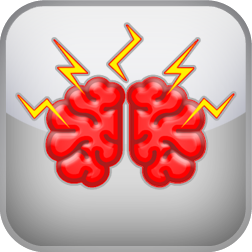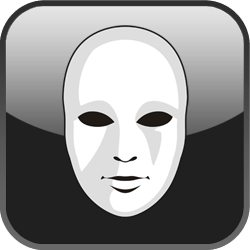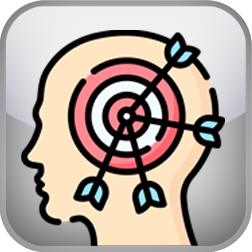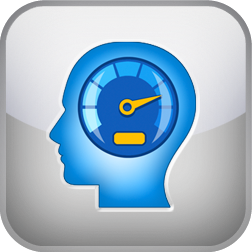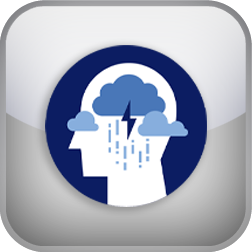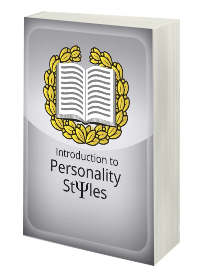Psychosis Spectrum Test
You are here because one of your friends linked you to their Psychosis Spectrum Test result:
Take the TestResults:
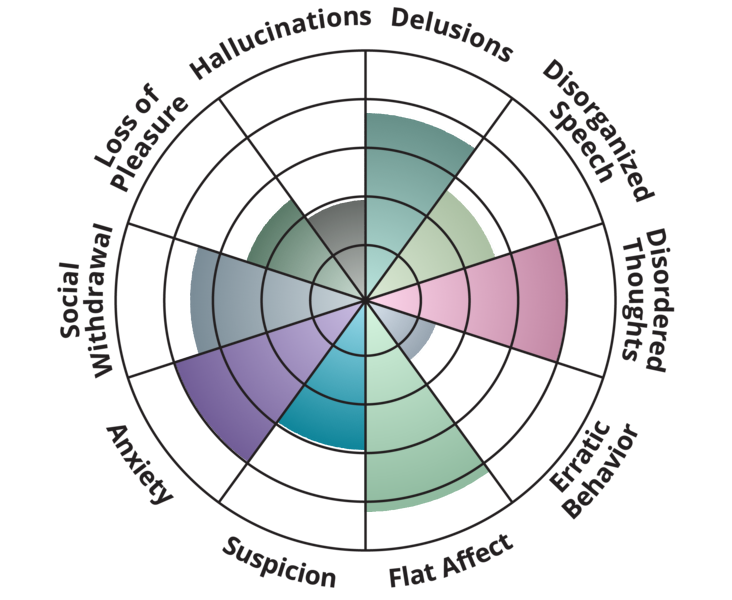
Your friend's psychosis spectrum symptoms are high.
Take the TestExplanation of Facets:
Hallucinations: People on the psychosis spectrum are likely to have disturbances in perception that occur without external stimulus. The hallucinations are not under voluntary control and are often experienced vividly and clearly. The most common kind of hallucinations are auditory (with voices often being heard) and perceived as distinctly separate from one’s own thoughts.
Delusions: Psychosis spectrum individuals may struggle with fixed beliefs, which they adhere to despite conflicting evidence to the contrary. The most common delusions are persecutory (e.g., that one is being monitored by a secret organization); self-referential (e.g., gesturing or speaking to oneself); or grandiose (e.g., that one has exceptional abilities or is able to speak with world leaders through secret channels).
Disorganized Speech: Individuals on the psychosis spectrum often switch from one topic or line of reasoning to another while speaking, make up words that are difficult for others to understand, and/or may simply not make sense to others when they are speaking. They may also offer responses to questions that seem completely unrelated to the topic at hand. Those with severe conditions can at times seem completely incomprehensible to others.
Disordered Thoughts: Occurrences indicative of this symptom may be seen in the person interrupting themselves abruptly while speaking and offering excessive details when talking or writing. Psychosis-prone people with this symptom may also attribute special meanings to words based merely on how they sound, as well as have a tendency to repeat certain noises or words, regardless of context.
Erratic Behavior: Inconsistent or erratic behavior is a symptom that is often observed in individuals who are on the psychosis spectrum. Erratic actions may be triggered or exacerbated by the individual’s experienced hallucinations and/or delusions. Seeing imaginary entities, hearing voices, or struggling with false persecutory beliefs can lead to agitated, strange, and unpredictable behavior. Also, individuals going through psychotic episodes have been observed to exhibit sudden changes in personality.
Flat Affect: People with psychotic disorders may present blunted affect and/or a general lack of emotion. This includes reductions in the facial expression of emotions, a flat intonation of speech, unanimated eye contact, and an absence of gestures of the hand and head, which normally give affective emphasis to what one is saying.
Suspicion: Individuals on the psychotic spectrum may struggle with persecutory and paranoid delusions. Such tendencies are often characterized by false beliefs of being cheated, conspired against, spied on, poisoned, harassed, followed around, or obstructed in the pursuit of long-term goals that would unravel some grand conspiracy.
Anxiety: Comorbidity with anxiety disorders is increasingly being observed in people who are on the psychotic spectrum. Additionally, anxiety is one of the warning signs of many psychotic episodes. A person on the psychotic spectrum may appear restless, out of bounds, or agitated as a prelude to having delusions and/or hallucinations.
Social Withdrawal: People who experience psychotic symptoms often isolate themselves and confine themselves to their homes. During such episodes, they may decline any kind of invitation to social gatherings. The symptoms may be amplified if the person also suffers from delusional fears, persecutory fantasies, dysphoric moods, or anxiety.
Loss of Pleasure: Individuals with psychosis spectrum disorders may experience anhedonia, or the loss of pleasure. With the onset of anhedonia, such people suddenly find that activities that were previously enjoyable to them are now dull or uninteresting. Some individuals know that this is a warning sign and pretend to be happy, showing false-positive emotions in order to get by.
References
- American Psychiatric Association. (2013). Diagnostic and statistical manual of mental disorders (5th ed).
- Begemann, M., Linszen, M., de Boer, J., Hovenga, W., Gangadin, S., Schutte, M., & Sommer, I. (2019). Atopy increases risk of psychotic experiences. Frontiers in Psychiatry.
- Rossell, S.L., Schutte, M., Toh, W., Thomas, N., Strauss, C., Linszen, M., Dellen, E., Heringa, S., Teunisse, R., Slotema, C., & Sommer, I. (2019). The questionnaire for psychotic experiences: An examination of the validity and reliability. Schizophrenia Bulletin, 45 (1), pp.78-87.
- Schutte, M., Linszen, M., Marschall, T., Fytche, D., Koops, S., van Dellen, E., Heringa, S., Slooter, A., Teunisse, R., van den Heuvel, O., Lemstra, A., Foncke, E., Slotema, C., Jong, J., Rossell, S. & Sommer, I. (2020). Hallucinations and other psychotic experiences across diagnoses: A comparison of phenomenological features. Psychiatry Research, 292.
Take Next
GET THE FULL STORY
Become a lifetime member with a one-time payment
WHAT YOU GET
Access to members-only tests
Ability to track and save test results
Access to all of our eBooks (value $44.94)
Access to premium type assessments and infographics
Become a memberGET THE FULL STORY
Manual of Personality Styles
WHAT YOU GET
71-page manual, explaining the make-up of all personality styles, their hidden drives, and the theory behind the system.
Presented in an easy-to-read style and backed up by solid academic references.
14-day, no-questions-asked, money-back guarantee.
Order NowSave and monitor your results over time
Become a member today
Sign Up
